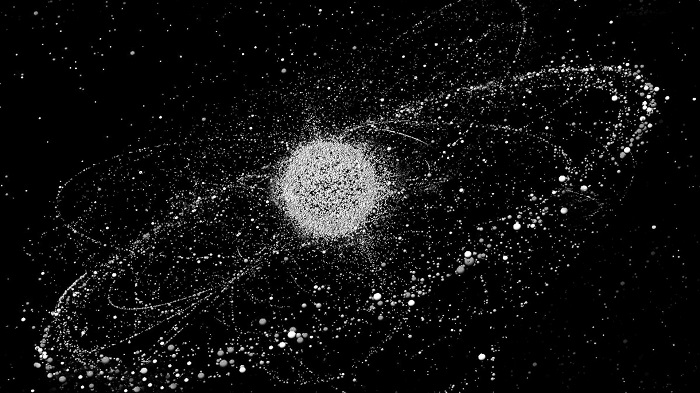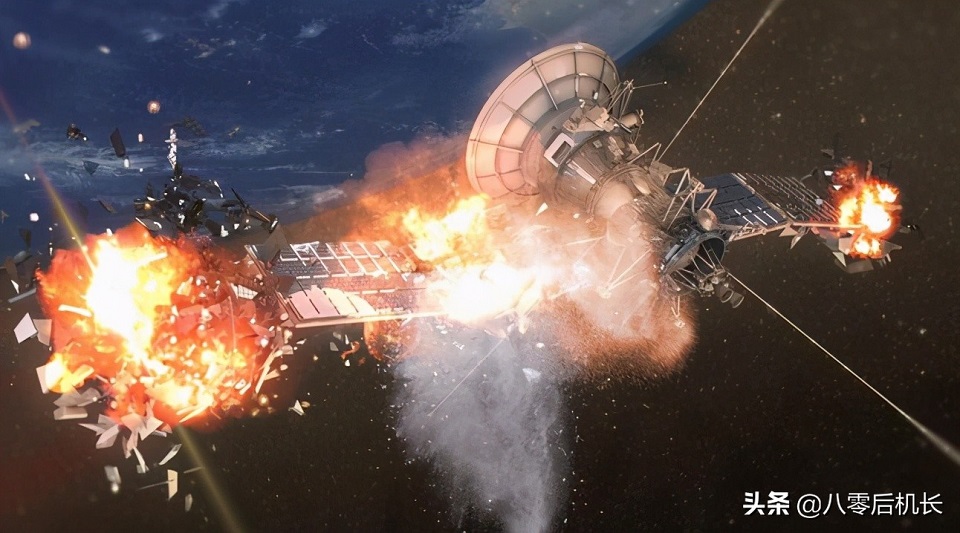In 1957, the SPUTNIK- 1 of the Soviet Union made a stepping stone towards space exploration. Since then, satellite information has become a crucial resource of scientific study as well as public and commercial utilization. Human beings are getting dependent on space technology for day-to-day activities such as Global Positioning System (GPS). the government, as well as the private sector, have been continuously launching satellites for remote sensing, earth exploration, communication, space exploration, studying other planets, and many more.
Till 1st January 2021, according to the Union of Concerned Scientists (UCS), 6542 satellites are orbiting the earth, among which 3,170 satellites are inactive and are not adding to the development. What is this junk named? Well, they are termed as SPACE DEBRIS. Mainly, the earth observation satellites and communication satellites are placed in the LEO (Low Earth Orbit) which is 200 to 2000 km from the earth’s surface. Some of them are now been placed in GEO (Geostationary Earth Orbit) which is at an altitude of 36,000 kilometers. Very few are seen in the HEO (High Earth Orbit) and hence, the HEO space chunk is not a matter of concern.
The main concern about space debris lies within LEO and HEO. Space debris is a collective name for all the trash produced by the defunct satellites, collisions, thermal blankets, explosions, and booster stages of rockets. For the students who don’t know what is booster stages – whenever a satellite is launched, the rocket which carries it has different fuel stages. Of which, 1st stage can be monitored and commanded to get back to the surface. While the other stages, remain in space and add up to the space junk. Space debris has become a major threat to the fully functioning satellites and future exploration missions. Many satellite collisions have created small particles which can revolve around earth up to 18,000 miles per hour.

Debris can be classified in terms of:
Source – micrometeoroids, ASAT (Anti-Satellite Mission Test), satellite collisions, space rocket stages, explosions of stages and satellites, defunct satellites
Size –
| SIZE | NUMBER OF TRACKABLE DEBRIS |
| <1cm | 1,28,000,000 |
| 1-10cm | 900,000 |
| >1cm | 34,000 |
It is seen that debris having smaller sizes are having great velocities and are considered to make more harm than the bigger ones.
Most debris creation happened due to the Fengyun -1C (Anti-Satellite Missile Test) performed by China in 2007 which created a cataloged debris count of 3216 at an altitude of 850 km.
United nations general assembly, in 2007 countersigned the “Space debris mitigation guidelines “to pay active interest in debris mitigation researches and its aspects both nationally and internationally.
Many countries have started their research. One of them is the KITE (Kounotouri Integrated Tether Experiment) tested by JAXA (Japanese Aerospace Exploration Agency) to clear space debris
Though we have started taking measures on space debris, the continuous competition among the government and private sectors of different countries will be harmful in the future. Our life seems to be in threat if we are neglecting this issue.
















